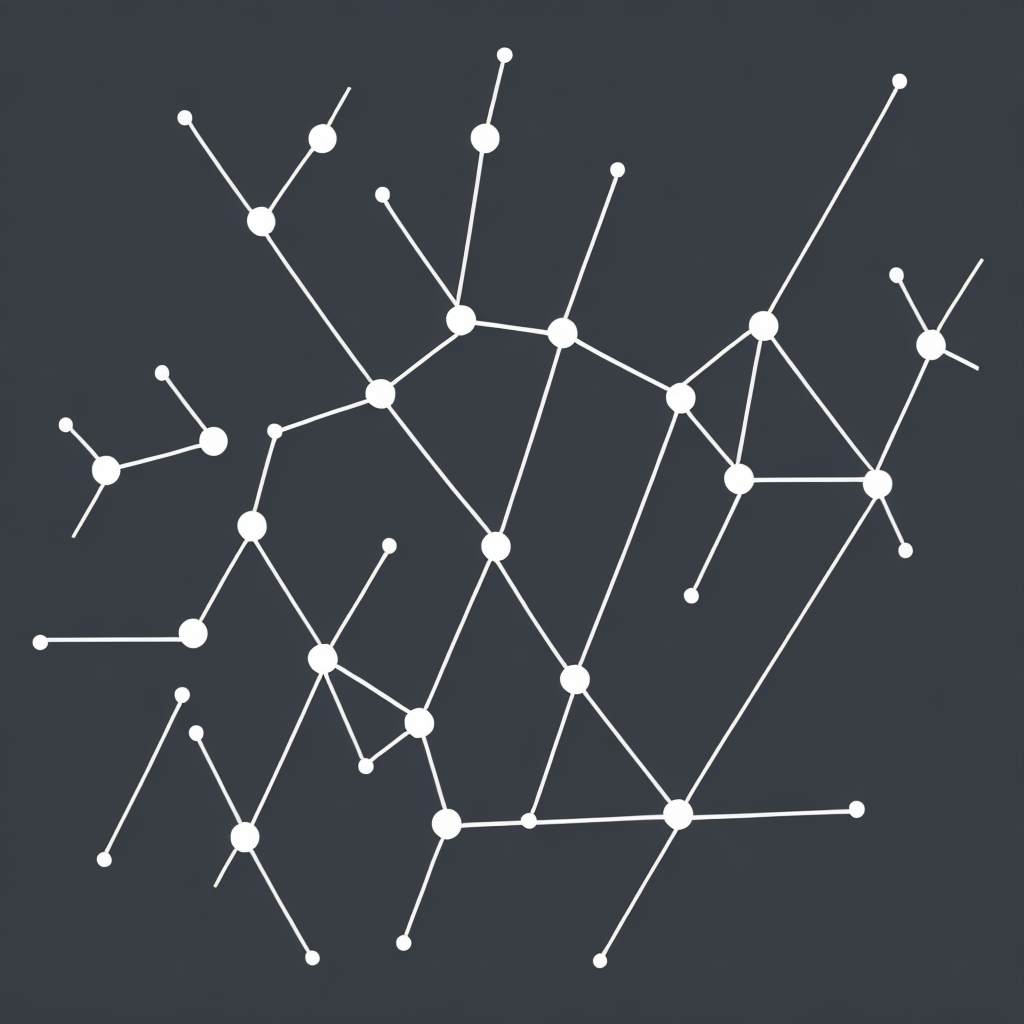Title: Mastering Knowledge Graphs: Enhancing Data Organization and Unleashing Business Intelligence
In today’s data-driven world, enterprises are increasingly looking to leverage sophisticated tools for managing and understanding the complex and interconnected nature of their information. Knowledge Graphs, a powerful technology on the horizon, are not just a collection of data, but a structured representation of real-world entities and their relationships. This article dives deep into the intricacies and applications of Knowledge Graphs, highlighting their transformative potential in revolutionizing how businesses and organizations collect, analyze, and utilize knowledge.
**Introduction to Knowledge Graphs**
Knowledge Graphs are increasingly adopted to make sense of the vast and varied datasets available today. They enable organizations to manage and visualize the intricate web of relationships between data points, fostering an ecosystem where information can be more easily discovered, understood, and applied to various business needs. These graphs combine metadata, ontologies, and relationships into a framework that reveals the underlying structure and patterns within data.
**Building Blocks**
At the core of any Knowledge Graph are the foundational structures supporting its creation and maintenance. Ontologies and metadata act as the semantic layers, providing context and definitions to data elements. Relationships form the interconnected web within the graph, detailing how different entities interact or influence each other. Together, these components create a robust structure that serves as the basis for any Knowledge Graph initiative.
**Data Integration and Management**
To effectively implement a Knowledge Graph, organizations must first integrate data from multiple sources, including databases, APIs, and semi-structured data. The process involves addressing data quality issues through careful data cleansing, normalization, and mapping strategies to ensure seamless integration. Establishing effective metadata schema and rules, along with maintaining alignment between concepts across data sources, also becomes crucial.
**Implementation and Best Practices**
Choosing the right tools and following best practices when implementing a Knowledge Graph is essential for success. Selection of appropriate frameworks or platforms depends on the specific needs of the organization, including scalability, integration capabilities, and the support for advanced analysis tools. Designing architectures that optimize load times and maintenance responsibilities often involves a combination of distributed computing, indexing, and caching strategies. Regular training and documentation are also recommended to empower teams to effectively use the graph and evolve it over time.
**Use Cases**
Knowledge Graphs find applications in a multitude of industries, presenting a range of benefits such as improved decision-making, enhanced search capabilities, and deeper insights. In healthcare, they facilitate treatment planning and drug development by connecting patient records, clinical trial data, and biological information. Within finance, they aid in fraud detection and risk assessment by analyzing patterns in financial transactions. Retailers leverage them to offer personalized recommendations and better forecasting through insights gained from consumer behavior data. In technology, Knowledge Graphs enhance search engines’ capabilities by understanding users’ intent and context more accurately.
**Advanced Analytical Techniques**
Modern Knowledge Graphs can incorporate AI and machine learning algorithms to process complex queries, predict trends, and optimize processes. For instance, natural language processing enables the extraction of meaningful insights from unstructured data, while predictive analytics can forecast consumer preferences or market developments based on historical data patterns.
**Trends and Future Prospects**
The field of Knowledge Graphs is continually evolving as technology advances. Emerging trends include the development of federated knowledge graphs that allow secure and shared access to data while maintaining privacy and ownership constraints. As AI and automation tools improve, the process of data integration and ontology development becomes more streamlined, further accelerating the adoption of Knowledge Graphs. Additionally, advancements in cloud computing and distributed systems are expected to enable even more sophisticated graph structures and operations, ultimately driving more intelligent data utilization in businesses and organizations worldwide.
From this comprehensive guide, one can glean both the technical skills needed to construct and manage Knowledge Graphs effectively, as well as the strategic insights into their potential impacts on various sectors. By embracing the power of Knowledge Graphs, organizations can unlock new possibilities for data-driven decision making and innovation, driving competitive advantage in their respective fields.
